
Coautor Adrian Casian.
Abstract: The current security environment is very dynamic and constantly changing. Regionally, in the Central, Eastern and South-Eastern Europe there are tensions that persist or grow, caused either by transnational criminality or by old ethnic, religious, territorial or separatist disputes to contest existing borders.
Keywords: global security environment, diagram of power relations; regional powers, security structures, globalization, risks and asymmetric threats, international stability.
Global security environment is mainly characterized by the following major trends: the acceleration of globalization and regional integration, along with the persistence of actions that aim for state fragmentation; reasonable convergence of efforts to establish a new stable and predictable security architecture, accompanied by heightened anarchic tendencies in some regions; renewed efforts by states to preserve their influence in the dynamics of international relations, along with developing new forms of intervention and increasing number of non-state actors in international relations dynamics. Global change, a concept with multiple meanings, must have the stability and world security purpose, based not on the balance of power, like in the old bipolar order, but on legitimacy.
Knowing the forces and identifying trends that manifest in the current security environment is extremely important to understand the kind of “new international order” that mankind is heading to. This should be also done in order to find out appropriate ways to strengthen global, regional and national security. Forces acting on domestic and international environments often have divergent or antagonistic tendencies, which contribute to the destabilization of the security system, and sometimes are the cause of confrontations that can develop into war starting conflicts. It is time that the serious problem of security is approached from a neutral position, without stereotypes and misconceptions.
Currently, there is a reconfiguration in the diagram of power relations: from a bipolar world, in which the U.S. and USSR fulfilled the role of superpowers and regional powers had little significance, a turn is made to another type of global security system. In the first possible variant of evolution, a single superpower, a megapower, ie U.S., must meet the demands and challenges that sometimes occur from the rising regional powers, creating a unipolar global security system. The second trend of evolution of the global security environment, to multipolarity, is dependent on the capacity and interests of some regional powers
A number of states and non-state entities are included in the category of regional powers. These are situated on two continents – Europe and Asia – and are quite numerous: EU, China, Russia, Japan and India. World evolution from bipolarity to multipolarity coincides with the transition from nuclear to the informational era, specific to post- industrial society. These two trends in the evolution of international environment generate substantial changes in perceptions of national security and international status by political leaders, public and media in various countries.
In addition to the superpowers and regional powers (whose number is increasing and have centrifugal tendencies to the dominant superpower, establishing an independent course of action, or at least of a large autonomy), there are also niche powers. These are states and non-state entities or actors who have developed a high capacity in a relatively narrow and limited domain, that enable them to influence, sometimes decisively, short-term evolution of the international environment.
Increasingly more non-state entities are situated between niche powers, including terrorist organizations. Terrorist organizations produce major effects on the relations between different actors in the international arena, both through great emotional impact that terrorist actions have on people and politicians, and through their media (such as the attacks of September 11, 2001 in the U.S., those in Spain, Turkey, Egypt and the UK).
After the attacks of September 11,2001, the possibility of new terrorist attacks using biological and chemical weapons induced real psychosis for American population and media. It was proved that unconventional and asymmetric means used by terrorist organizations often catch authorities unprepared in national security responsibilities. In this context, with numerous risks, dangers and threats, building an extensive and comprehensive security system is a priority for all European democracies. Today, security system is based on the UN, NATO and EU enlargement and aims to strengthen the implementation of the concepts of security and collective defense by asserting the two regional organizations as the main guarantee of stability and democratic development.
Worldwide, the Cold War ending determined, at least in military terms, the shift to a unipolar world, in which the U.S. are dominant at very great distance from any other State. However, recent period showed that no state, not even a superpower like the United States, can address global security issues alone. In this context, after 1990 and especially after 1998, the EU has given attention to efforts to strengthen security and establish the European defense dimension.
Developing a common foreign and security policy included the idea of establishing a common defense policy, explicitly mentioned in the Treaty of Amsterdam. It marks a new era in which Europe is unified, reborn from West to East, becoming more stable and prosperous, continuing its “pillar of regional stability” status and security and its relations with the international security environment become essential for security stability.
The dynamics of achieving European security in recent years shows an increase in efforts to build regional stability, as an intermediate stage of the process of global stability. At this level one can say that the international security environment has evolved since 1990 to increase the complexity and dependencies of international relations. As a result, today’s international stability can not be conceived without cooperation at various levels in the international community and especially through dialogue in an institutional framework, through increased involvement of major international organizations in defining the world security status. In the ’90s, cooperation and institutionalized dialogue occurred, especially in the following organizations:
– NATO, which has played a key role in strengthening Euro-Atlantic security after the Cold War; the political-military cooperation was opened and developed; dialogue with the former enemy countries, including Romania, was strengthened; it was interested in accepting new members; it has demonstrated its commitment to contribute to conflict prevention and crisis management, including peace support operations (we consider the actions of the Balkans);
– UN, especially through the Security Council, which had an important role in international dialogue on global security and stability; in 2001, the Nobel Peace Prize went to the UN Secretary-General;
– OSCE, which represented the most comprehensive regional security institution and played a significant role in promoting peace and stability through cooperation, in strengthening security and promoting democracy and human rights across Europe. The OSCE has been particularly visible in areas of diplomacy, conflict prevention, crisis management and post-conflict rehabilitation.
Efforts by the international community for peace in the Balkans, Middle East and Africa are conclusive and highlight the concerns of international security institutions. Situation management in this region was mediated by political, economic and military control of NATO, EU and OSCE. These bodies should use the available instruments (political, economic and military), for European stability and development, for developing interstate relations, collaboration and cooperation among them and, not least, the imposition of decisions and judgments globally.
Changes and trends in the security environment are difficult to predict, but we can emphasize some general aspects of evolution and the current security environment new configurations as follows:
– nations, even the great powers, can not avoid transnational threats alone (institutional coalitions – NATO and EU, ad hoc regional coalitions will still be possible and actual);
– the role of security structures (UN, OSCE, NATO, EU)is increased and diversified, in prevention and management of unstable situations. This involves new guidelines regarding military coalitions, operations strategy (imposing, maintenance, post-conflict stability) and the modes of intervention in different operations;
– migration, with destabilizing effects, can be a threat in terms of liberalization of movement of persons, leading to perpetuation of conflicts and economic crises in Central and Southeastern Europe;
– territorial disputes are still a source of instability and a permanent increase in risk situations;
– old tensions, prejudices, traumas and revenge desires are conserved, fact that perpetuates regional or zonal conflict states (Bosnia and Kosovo conflicts, terrorist activities in Spain, Russian Federation, Turkey and the former Soviet Union);
– great progress of communications and information technology allows almost unlimited, difficult to control access to information of terrorist groups, specialized in organizing the destabilizing actions;
– security is no longer a problem exclusively related to states, no longer limited to war and peace, but also includes non- military actions that have a great impact on society, becoming a major concern of security structures, in cooperation with the States concerned;
– U.S. will continue to be the world’s leading political, military and economic force, able to solve major problems of the current security environment;
– for the next period, Russia will continue to be a strategic partner of the United States and will develop special relations with the EU and China;
– terrorism will remain a constant threat, manifested both as a tool for mafia clans and for violent political pressure (Madrid, Kosovo, Chechnya).
Following the development of international trade and investment flows, developments in technology and the spread of democracy, a growing number of states, nations and peoples received the privilege of freedom and prosperity after 1990. These positive evolutions also had as a consequence a greater involvement of non-state groups and parties in international affairs. However, many issues from the past remained unresolved, and others worsened. Thus, regional conflicts have continued to remain a significant source of instability and to affect economic activities.New security challenges affect the dynamics of European security environment since Europe can bring both direct and indirect additional stability, because the risks of traditional military confrontation on the European continent are diminished. The explanation for this development lies in two aspects: current security interests and objectives of European countries are not generating conflict, rather they promote cooperation and solidarity; the international security environment is positively influenced by European and Euro-Atlantic integration processes and, in fact, by the expanding community of states that share and promote the values of democracy and market economy in the context of deepening regional cooperation.
EU can respond to new security threats by three strategic objectives: providing stability and good governance in the immediate vicinity; creating an international order based on effective multilateralism; prepare a response to a new type of threats [2].
One of the objectives of the EU must be developing a stronger international society, characterized by the existence of effective international institutions and the existence of an international order based on rule of law and on the principles emphasized in the UN Charter. The quality of international society depends on the quality of the constituent governments. The best defense for European security is given by the existence of a world composed of well-managed democratic states. Therefore, spreading good governance, fighting corruption and abuse of power, establishing the rule of law and protecting human rights are the best ways to strengthen world order. In this context, transatlantic cooperation is an important element of this new international order.
Regional security environment analysis reveals several types of security threats that equally concern states in the area and the international community, mainly the EU and NATO: unresolved conflicts, instability or failure of new states, terrorism, organized crime, significant conventional arsenals, illegal migration flows.
Fragility of security in South-Eastern Europe is determined mainly by internal factors related to poor governance of the new state entities arising in this area: the inability of state institutions to enforce the law, economic instability and alarming rate of the informal economy; inequitable distribution of resources in society, corruption, violation of human rights and minorities, ethnic and religious enclaves. Tensions embodied in local conflicts that followed the fall of the Iron Curtain in 1991-1992, deeply influenced configuration of the Western Balkans and the former Soviet Union. Initially defined as conflicts with internal, historical, ethnic and / or religious reasons, frictions became regional in scale and difficult to control by conventional military means.
Former Soviet Union region of the Black Sea continues to be crushed by local conflicts, mostly internal: Transnistria, Abkhazia, Ossetia, Crimea, Chechnya, Nagorno-Karabakh. Unlike the Western Balkans, the crisis have not yet acquired a regional character, but, given the rationale of ethnic, religious, economic and historical reasons, it may cease being a latent crisis, resulting in uncontrollable developments and consequences that are difficult to quantify. Institutional coherence of the states in the Black Sea area is marked by the proliferation of trafficking, illegal migration, organized crime, especially due to economic difficulties and collapse of social protection systems. In addition to this, ethnic and religious tensions lead to the endemic instability in the region[3].
The volume of international migration has increased dramatically, especially caused by the economic causes, on the South-North route. Criminal and terrorist groups have taken control of this phenomenon, have introduced new organizational elements, have the means of falsification of documents and control the shipping, rail and road transport companies, turning everything into a highly profitable industry. An extremely volatile situation occurs in Transnistria (Moldova), because the province became an attractive market for the terrorist groups and organized crime, which can acquire weapons of any kind, including missiles or radiological loads. Asymmetric threats to the security environment in South-Eastern Europe and particularly to the States engaged wholeheartedly in the fight against international terrorism, organized crime and proliferation of weapons of mass destruction will continue, due to: logistic disparities between states, in terms of border security; legislative gaps or imperfections in the legal framework regarding counterterrorism and combating cross-border crime. To overcome the difficult situation, the South-Eastern European countries chose the integration into European and Euro-Atlantic as a guarantee for national security. The ‘open doors’ policy, promoted by the United States within NATO and successful models of countries in the region in entering the EU justify hopes that Balkan peacekeeping and European and Euro- Atlantic region is a feasible project. Asymmetric risks and threats are amplified in intensity and range of expression, and their prevention will remain a priority for both democratic countries and international security organizations.
It is expected that international security organizations, especially UN and OSCE, adapt to new demands and conceptual structure of the current environment. In this context, NATO and the EU will continue the extensive and complex process of transformation and modernization.Along with these, they will increase the capacity to adopt new approaches needed to manage crisis prevention and combat asymmetric threats and challenges.
Based on assessments of situations in the present security environment one can conclude the following[4]: the main scourge of global security and stability will still be international terrorism, together with arms, drugs and persons trafficking; the campaign against terrorism will continue and will require a substantial involvement of democratic states and international security organizations; asymmetric risks will enhance and vary and the incidence of the phenomenon of terrorism and organized crime will increase; on short and medium term, the risk of a regional war affecting Romania, NATO Alliance and the EU is minimal, and our country’s engagement in a major conflict in the coming years is improbable; integration processes in international security organizations (NATO, EU) will continue and will guarantee the viability of regional stability; fulfilling security objectives at European level is becoming more predictable; Romania’s participation in international missions security includes risks for the Romanian staff engaged in these operations, which will require specific measures and actions.
BIBLIOGRAPHY
[1] Badalan Eugen-National security of Romania, second edition, CIEA Publishing House, Bucharest, 2007. [2] Frunzeti Teodor and Neag Mihai, Sustainable development and human security perspective, „Nicola [3] Nicuta Valeriu, Implications of the security environment on the European stability, contributions to regional and global security development, scientific session, NDU, Bucharest, 2005 [4] The National Security Strategy of Romania, 2007. [5] www.globalsecurity.org .

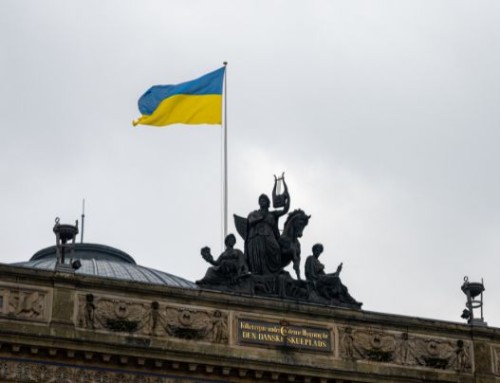
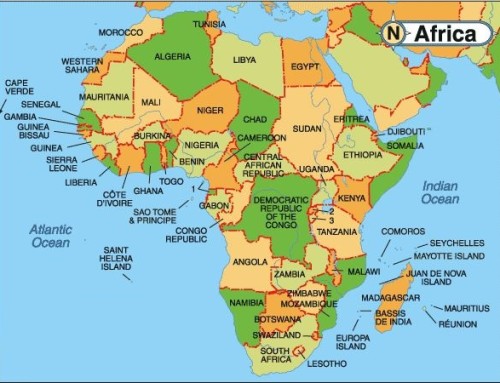
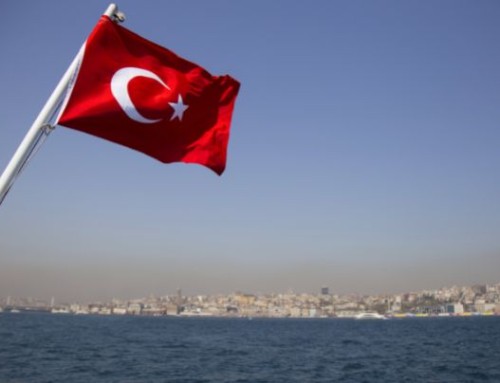
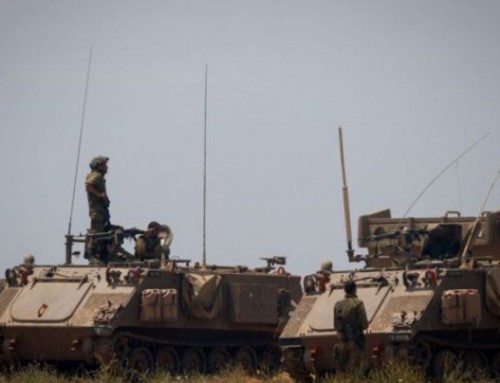
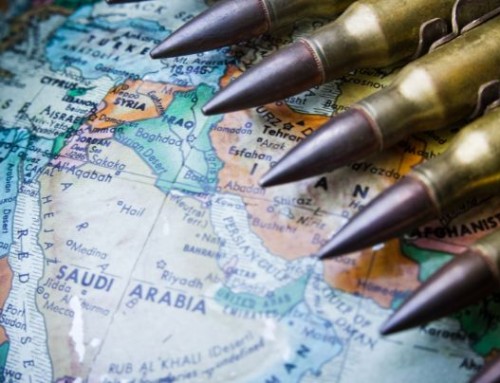
Leave A Comment